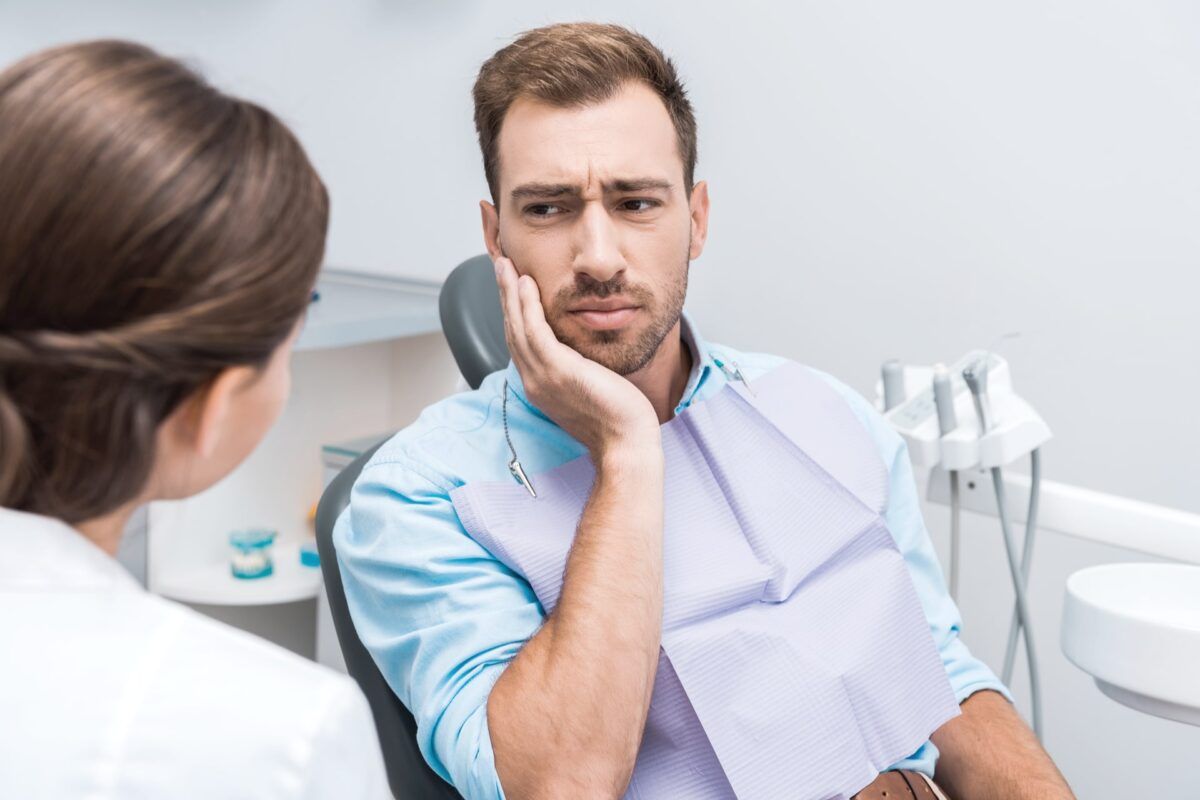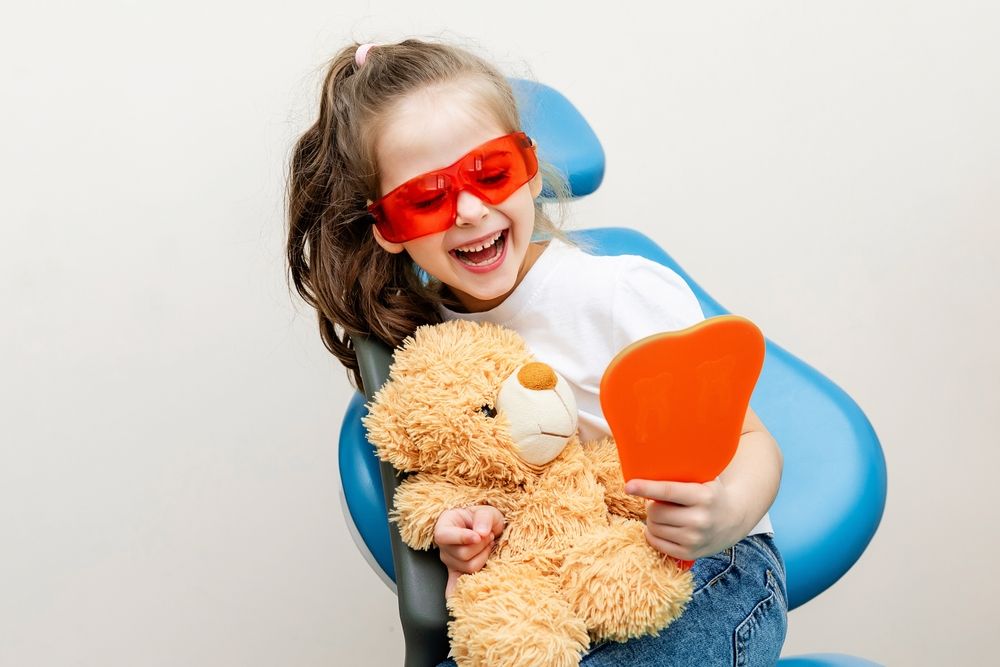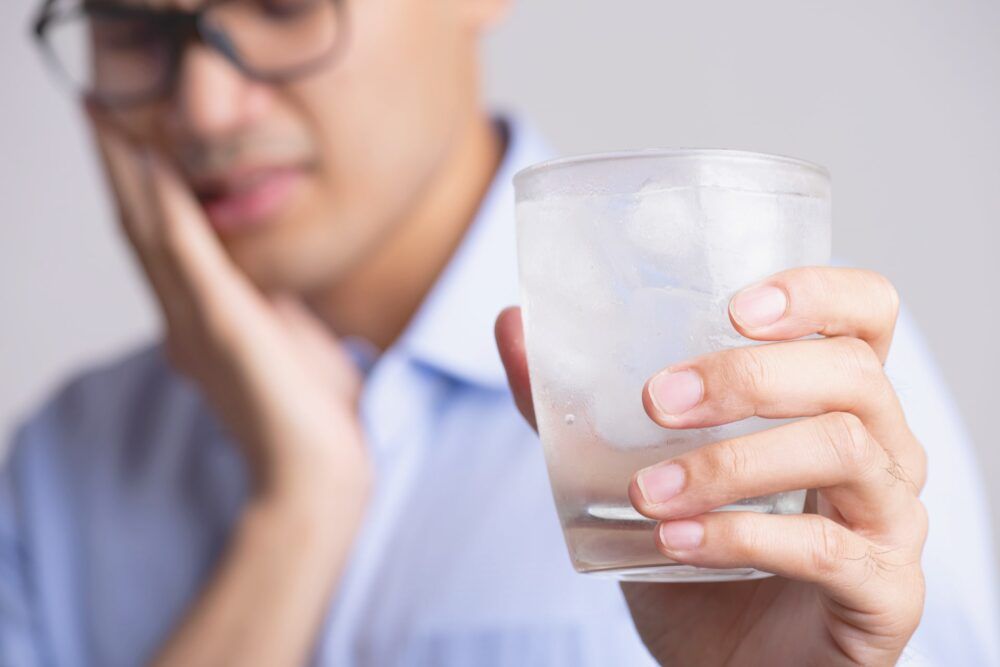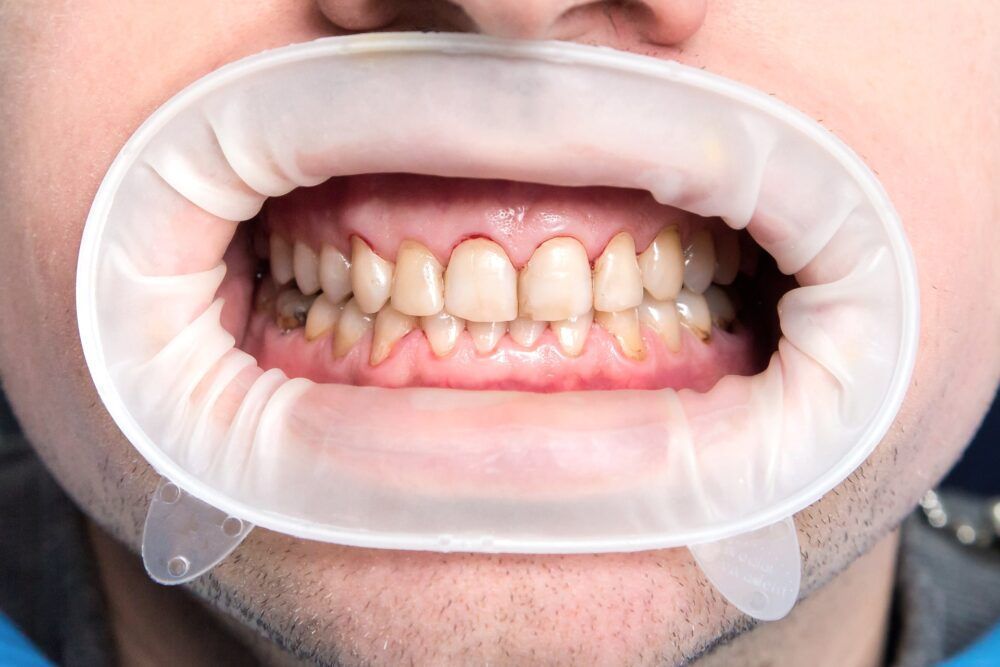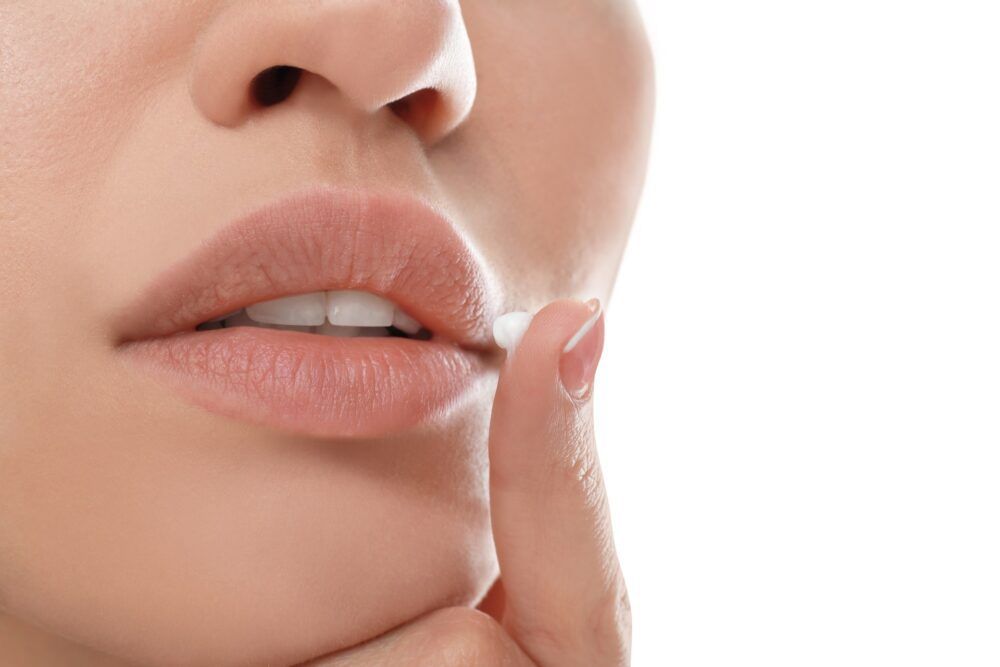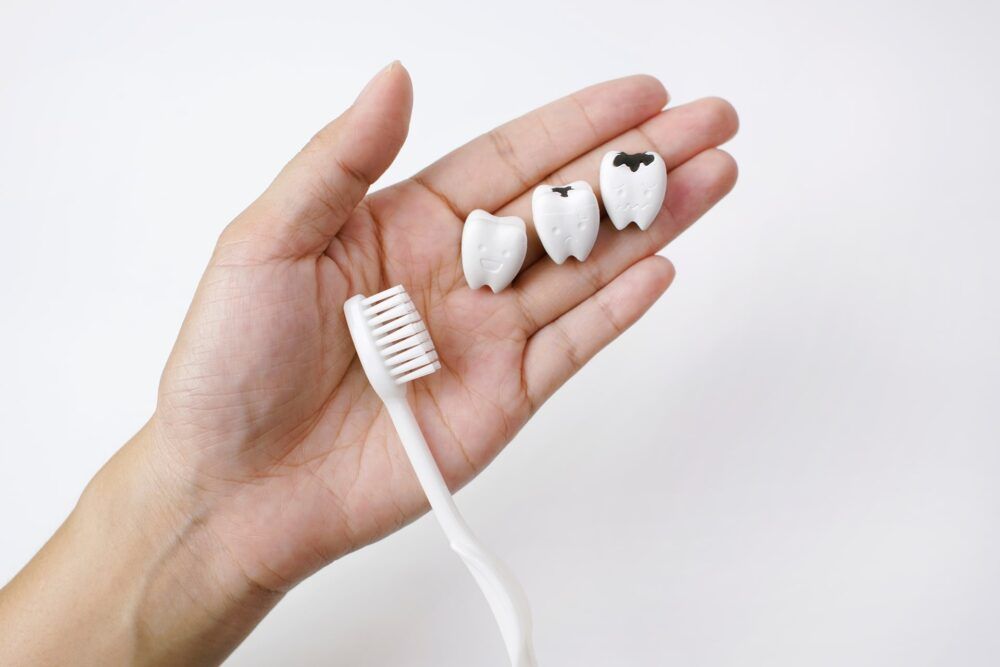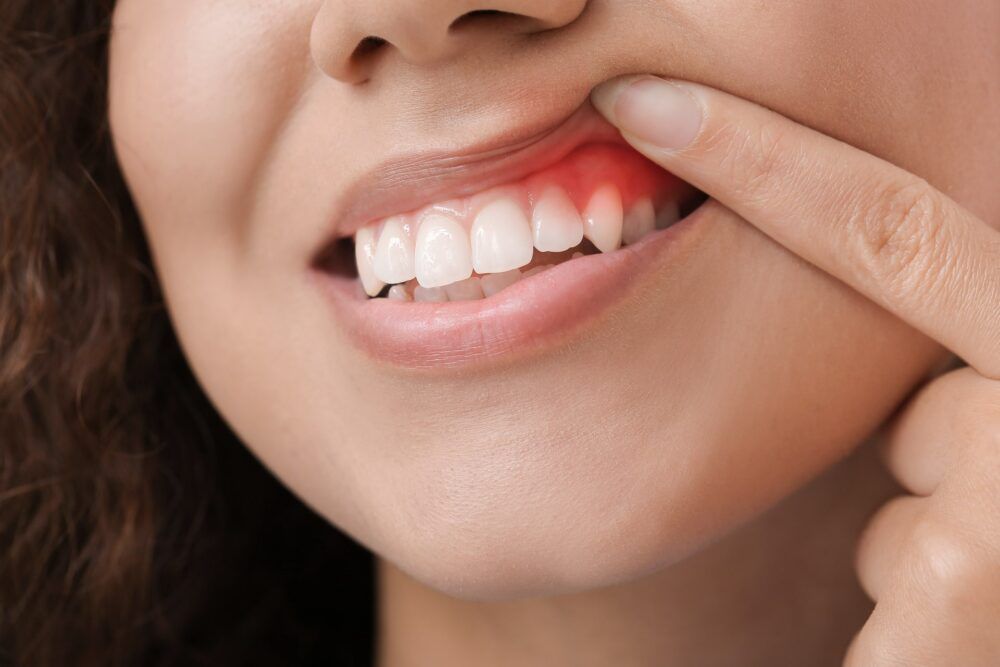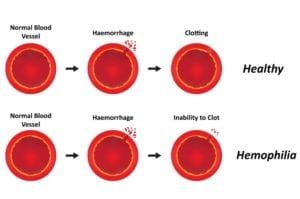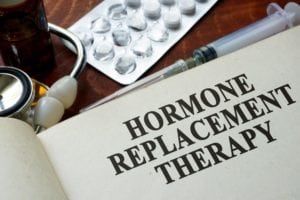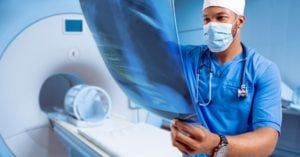Your temporomandibular joints are found on either side of the jaw, just below the ear and are responsible for connecting the mandible (lower jaw) to the maxilla (upper jaw). The joint itself contains bones, muscles, tendons, ligaments, and nerves; all of which can cause dysfunction. One of the most common causes of temporomandibular joint disorder (TMD) is malocclusion, or a misaligned bite. This is because when the upper and lower jaw do not fit together properly, it causes excess strain on the muscles surrounding the joint. Overtime, these muscles become overworked and painful.
Did You Know?
The trigeminal nerve is the largest cranial nerve responsible for relaying sensory information to the brain. This nerve affects the upper part of the face (forehead, scalp, and upper eyelids), maxilla (upper jaw, cheeks, lip, and nasal cavity), and the mandible (lower jaw, ears, lower lip, and chin). This means that muscle damage around the jaw joint can affect all these structures.
Frequently Asked Questions:
Do I have TMD?
While only a dentist can accurately diagnose you with TMD, you may be affected by TMD if you have one or more of the following symptoms:
- Jaw pain
- Problems biting and chewing
- Pain while biting and chewing
- Tooth pain
- Facial pain
- Inability to open or close the mouth completely
- Popping or clicking noises when the mouth opens/closes
- Headaches/migraines
- Ear pain/tinnitus
To be evaluated for TMD, schedule a consultation with our office today.
How is TMD diagnosed?
TMD can be tough to diagnose since it can stem from problems with the teeth, muscles, and/or joint itself. Therefore, our office will perform a comprehensive evaluation of these structures. We also make use of advanced diagnostic technology such as:
BioEMG
Electromyography (EMG) is a diagnostic technique that uses electrodes attached to the skin to record the electrical activity of muscle tissue. By measuring the electrical activity of a particular muscle, EMG provides information about which muscles are resting properly and which muscles are hyperactive. This information is then used to develop a treatment plan that balances muscle tone with proper bite position to reduce TMD symptoms.
T-Scan
T-scan is the only diagnostic technique used to analyze occlusal forces that can measure both time and the force of biting pressure. By using ultra-thin disposable sensors that translate pressure into a digital image, T-scan produces a digital map of the mouth that shows areas of uneven occlusal force. This information can then be used to make the necessary adjustments in order to even out the bite force. T-scan can also be used after placing dental restorations to ensure the bite force is evenly distributed.
K7 Evaluation
The K7 evaluation system is a neuromuscular approach to treating TMD that looks for dysfunction in the nerves or muscles around the joint by delivering small amounts of electricity to the muscles. This relaxes the muscles and allows them to return to an optimal position. At this point, the K7 unit is used to record diagnostic information. The K7 unit contains a mandibular scanner, an electromyograph, and a sonograph. The mandibular scanner produces 3-d images of the jaw and mouth, the electromyograph records electrical activity to ensure this position decreases muscle activity, and the sonograph records sound in the jaw joint to diagnose possible joint damage.
How is TMD treated?
At our office, we treat TMD by first determining the specific cause of the problem and then addressing the source of the problem, rather than just muting symptoms. Your individual treatment will depend on your specific diagnosis, however here are some potential treatments for TMD:
Braces
One of the most common causes of TMD is an uneven bite. In these cases, braces used to straighten the teeth and align the bite, are one of the most effective treatments. Even if your teeth are straight, your bite may still be uneven and can benefit from braces.
Oral Appliances
A custom-fitted oral appliance, also sometimes known as a night guard, is fabricated from medical silicone or plastic and worn over the teeth to reposition the jaw and discourage teeth grinding. This appliance is fabricated using the diagnostic information obtained from the K7 evaluation so that the jaw is at its most optimal position.
Medication
Severe pain may be managed by prescribing muscle relaxants or antidepressants to manage painful symptoms.
Physical Therapy
Seeing a physical therapist with training in TMD may be recommended to work on upper body posture, as well as the various muscle and joint movements around the jaw joint.
Trigger Point Injections (TPI)
Saline, local anesthetics, or corticosteroids are injected into specific muscles in order to relieve painful symptoms.
